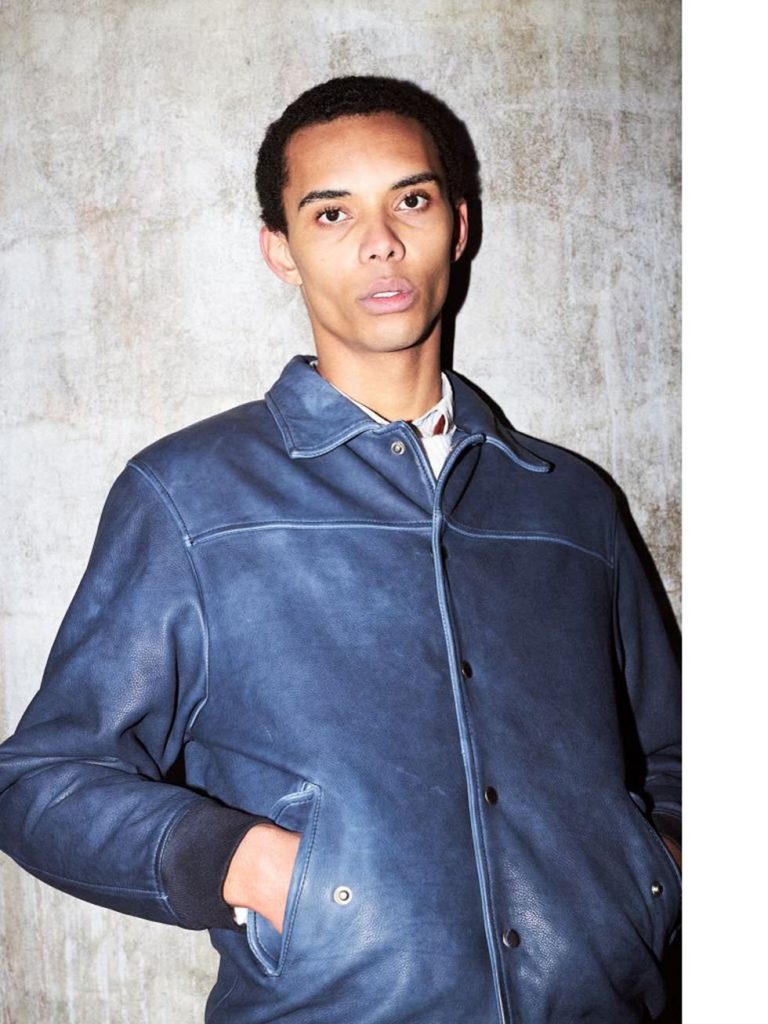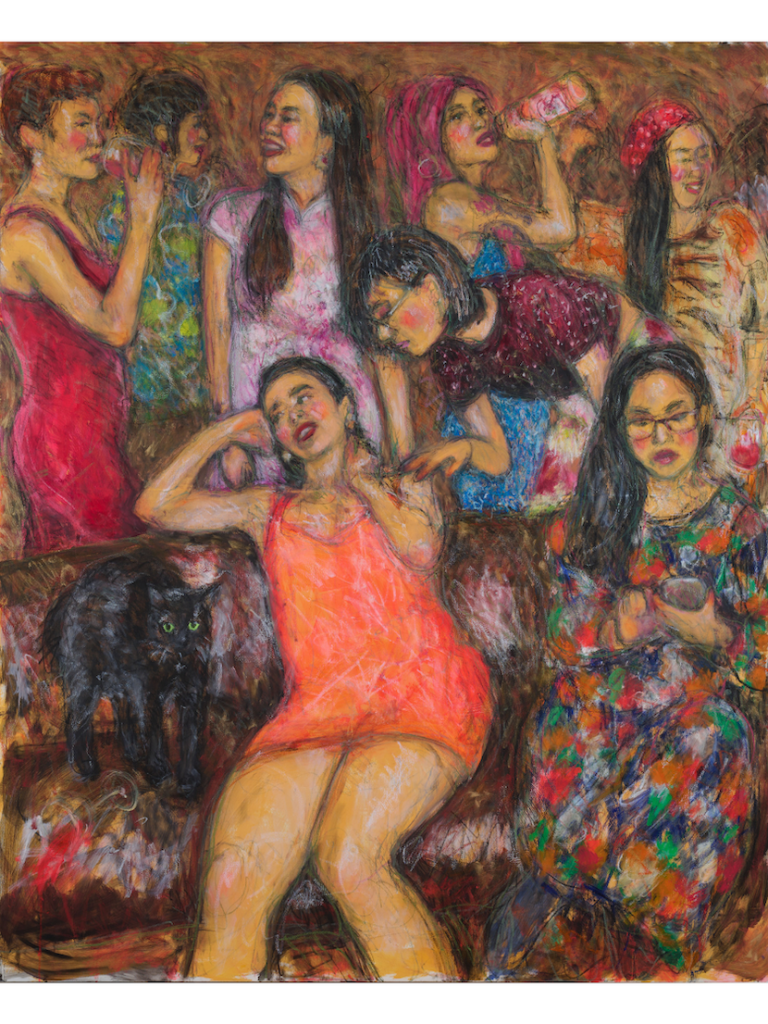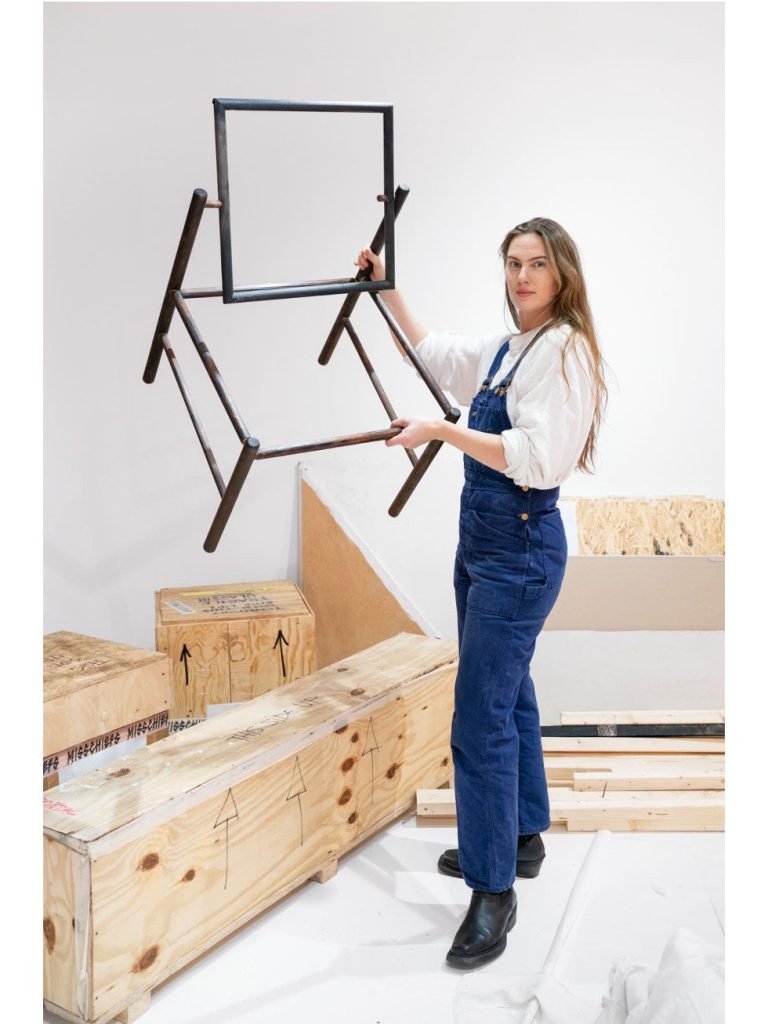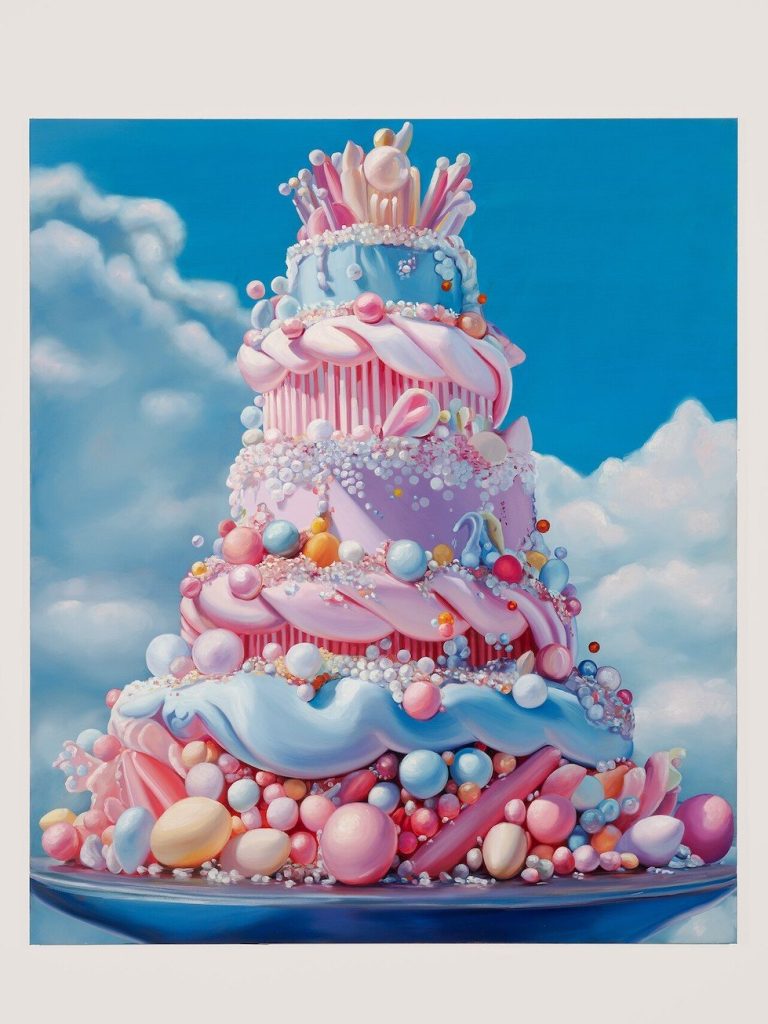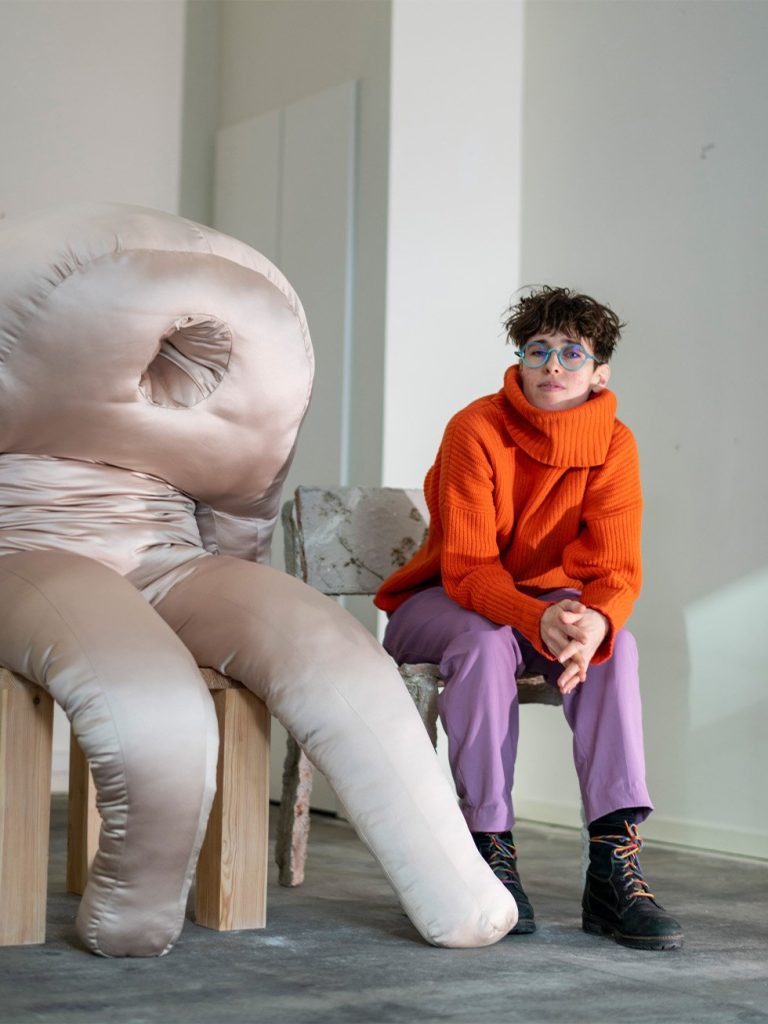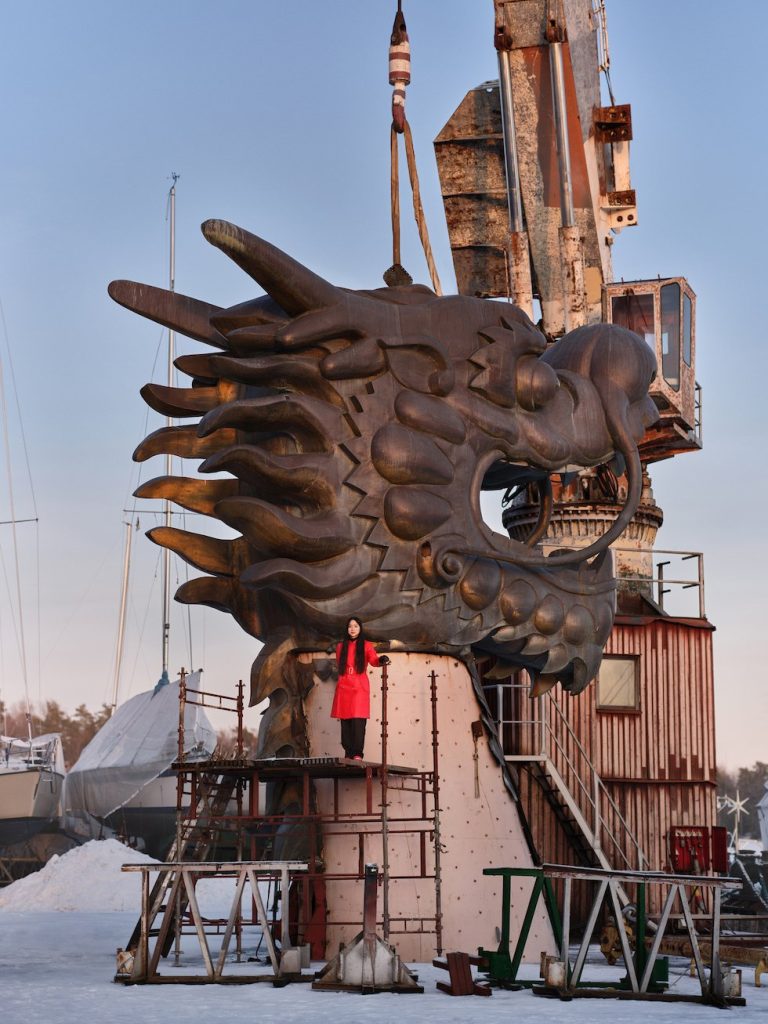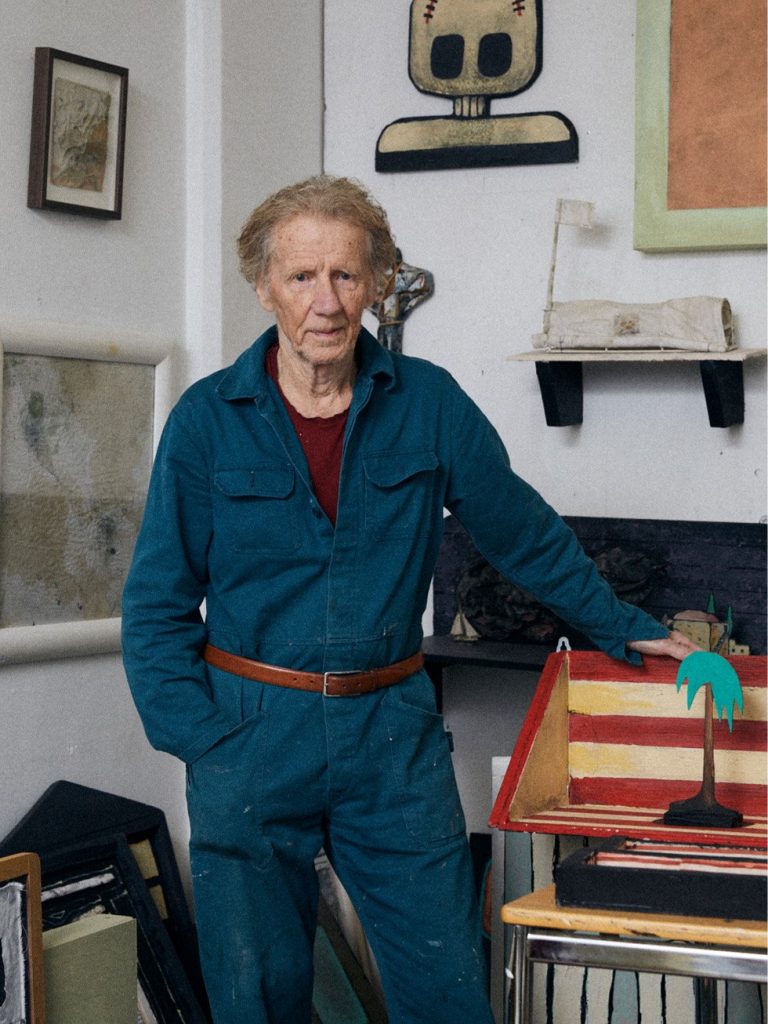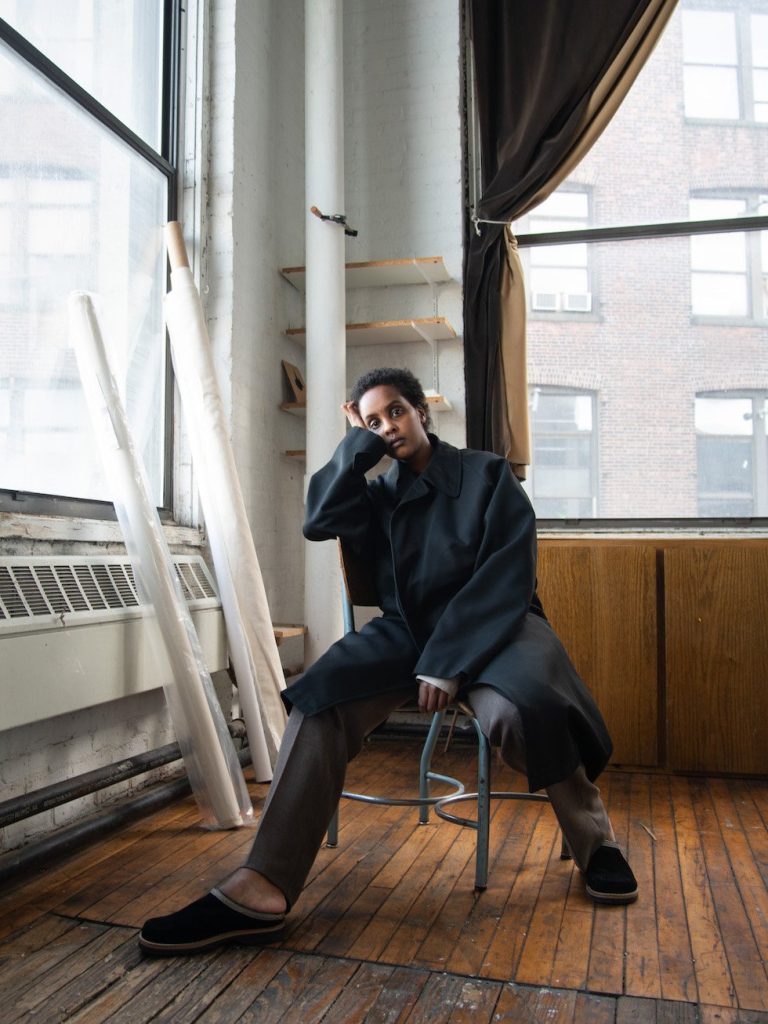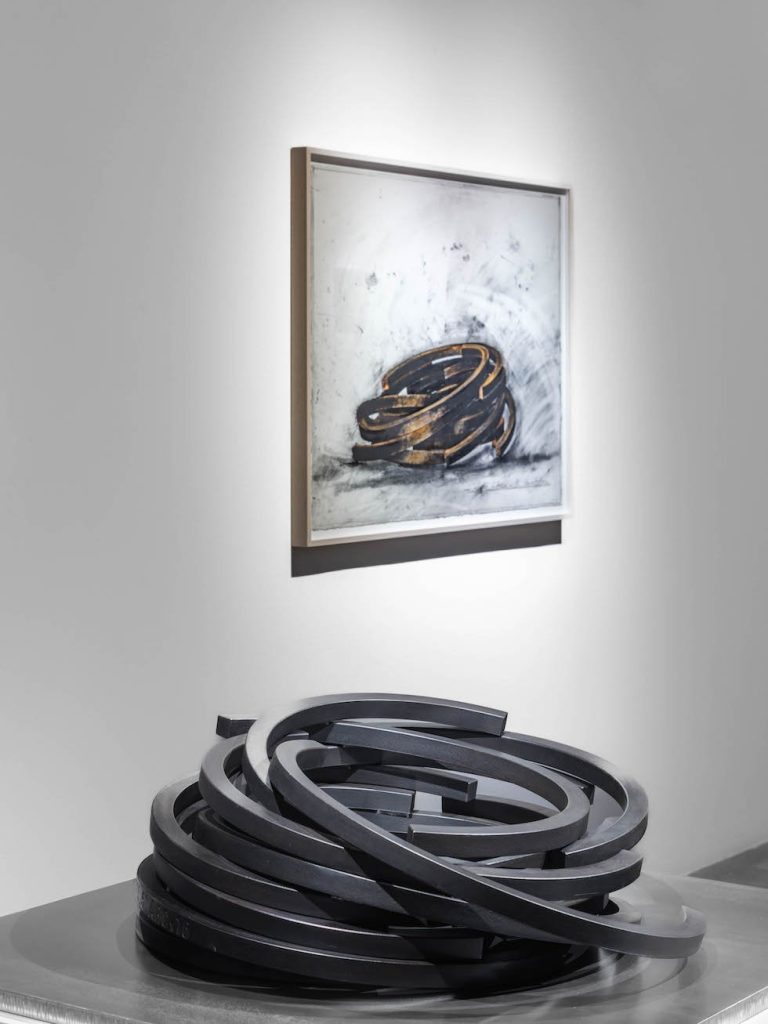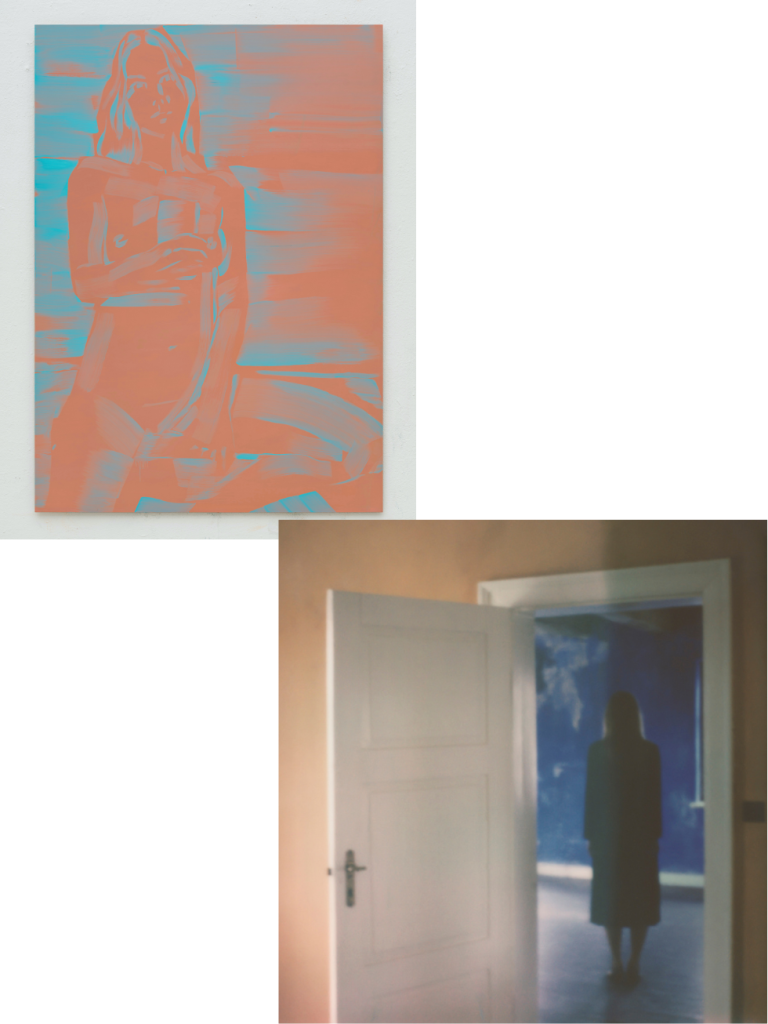Intersections of Art: Astrid Jensen Kruse and Marjolein Rothman text Natalia Muntean “It felt very natural. My paintings speak about photography, and Astrid’s work revolves around photography, but it is very painterly. And we have similar motivations for why we do the work,” says Dutch painter Marjolein Rothman about the shared exhibition with Danish artist Astrid Kruse Jensen. Brought together by Björn Wetterling, the artists have come back to Stockholm with exhibitions currently gracing the walls of Wetterling Gallery. “He suggested that we should share the exhibition, knowing each other’s work very well. We had a good feeling about it and it made sense,” explains Kruse Jensen the idea behind the shared exhibition. “Resonance” by Astrid Kruse Jensen is somewhat of an existential journey catalysed by personal loss, while Marjolein Rothman returns with a series of paintings titled “Orange and Teal”, exploring ideas of fleetingness and the human condition. Even though different at first glance, their artistic trajectories and the current exhibitions hosted by Wetterling Gallery, deeply rooted in personal narratives and explorations of identity, intertwine seamlessly. Natalia Muntean sat down with the artists as they peeled back the layers of their creative minds, offering glimpses into their profound motivations, divergent mediums, and the intersections that define their artistic journeys. Natalia Muntean: I would like to know more about the exhibition and how you approached it. Did you treat it as two completely separate exhibitions, or was there a dialogue about it?Astrid Jensen Kruse: Marjolein and I had participated in group exhibitions together before, and this project space of Wetterling Gallery, which feels more like a two-space gallery, allows for exhibitions to communicate with each other, yet remain separate. It’s like Marjolein said – there’s so much linked between our work, even though it looks different. The strokes of light, for example. My work is photographic, but because of the chemical traces and the strokes of light, it also has this painterly touch. We both use ourselves as a starting point, drawing from life experiences like grief, loss, and love. It emanates from a deep, personal interest rooted in our hearts, but we want to make it universal, so anyone can relate. NM: Seems as if you take an essence of yourselves and transmit it through photographs and pictures?Marjolein Rothman: Yes, and also in our way of working, we take a step back, becoming more analytical while maintaining a strong, personal motivation. I have moments of reflection, considering what works and what doesn’t. As a painter, you stand in a long tradition, so what do you do then? I chose classical subjects like architecture, self-portraiture, and flowers. For me, that was daring because painting flowers was the only thing that women were allowed to do. But then I tried to do something that is maybe different and that is also a motivation.AJK: I am not afraid to work with something beautiful, while always incorporating an element of disturbance. It’s never just beautiful; there are always cracks, a duality between beauty and pain, love and loss, darkness and light. This shimmering between these elements is constant. It’s quiet and moving at the same time.MR: And that also depends on how you approach the medium. You, Astrid, choose photographic material that is expired for example. I use just two colours, let the painting appear, and that’s it. I don’t want to create a fixed image that I build up; I want the work to be in this in-between state, reflecting movement, transformation, and vastness. This is very important to both of us. It’s about fleetingness. I care less about traditional norms in painting and more about the direct expression of ideas. Painting isn’t solely about technique; it’s about conveying what you want to show. Failure is part of the process – erasing, building, scraping – until the light appears, and the image emerges. It’s been a journey in painting, but I love it. NM: When do you know a painting or photograph is ready?MR: It’s linked to a specific moment, much like photography. The connection to the image and the mood during its creation are crucial. I don’t precisely know beforehand what I’ll paint, but I have a general idea. I work within a short time, around 10 or 20 minutes, and once that’s done, the piece is finished. I want the painting to mirror the state of being when I made it. I can’t go back and add strokes; the energy needs to be captured in that moment. NM: You don’t alter it after?MR: No, sometimes I conclude, but altering it feels different energetically. The brushstrokes and everything else reflect the making process, and that’s crucial. NM: It sounds like they live their own lives, and you’re just the medium. What about your process, Astrid?AJK: I think my process is slower. Most often, I write about my images before finding a location. I photograph the same place multiple times. Sometimes, you’re there, see the light, and you just know without really seeing or understanding how the chemicals will react; you know this will be it. I prefer getting to know the locations beforehand. That’s why I return and photograph again. I place them all on the studio walls and start making selections. It’s a slow process, but sometimes, seeing ten pictures laid out, I just know which are the ones. It’s different each time, but there’s a feeling within, a certain knowing. You can’t explain it exactly, but you feel it.MR: Do you sense it when you take a photo?AJK: Sometimes when I enter a space, see the light, and I know, inexplicably, I have to be there. Other times, I revisit, seeking a different angle or adjustment. It’s about understanding the space I work in.MR: There’s a magical element too, as Astrid mentions the writing and the wonder of it all. I often tell students that while we can teach painting techniques, the wonder doesn’t come from that. It’s about the spontaneous moments, influenced by everything – the walk

